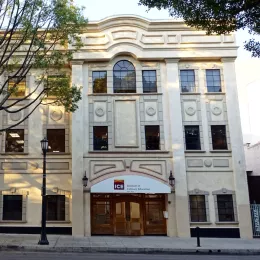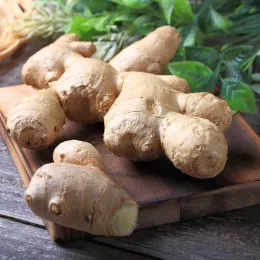I know I’m not alone when I say that it can be really daunting to pick out a bottle of wine.

I often find myself scanning the seemingly endless rows of bottles at the wine shop, unable to decide which to buy, and worse, uncertain of what I’m even looking for. So, I decided to take Wine Essentials at ICE to better understand my palate and what factors affect how a wine tastes.
As a graduate of ICE’s Culinary Arts program, I know how important palate development and proper balance of flavors is to creating a dish, and wine is quite similar. In the first session we smelled and tasted four tiny ramekins of unlabeled liquids — aside from the first, which contained water, the taste of each of the remaining three was assertive and not enjoyable on their own. We were told that one contained bitter grape tannin, another contained tart grape acid, and finally the last contained sweet fruit sugars. We then combined a tiny bit of each and tasted the resulting mixture. It no longer had any of the aggressive qualities of each individual component and tasted vaguely of wine. It painted a very clear picture of how everything comes together to form a balanced wine.
Over the course of six weeks, our instructor, Richard Vayda, guided us through nearly 70 wines. To really understand what we were experiencing, he had us dip the tip of our tongues into wine to test for residual sugars. We also explored the taste of a range of tannin levels found in wine — described as the sandpaper feeling on your tongue — and learned how oak aging and grape skins contribute to tannin levels. We tasted how acidity presents itself on the sides of your tongue and creates a wine that can be described as lively and crisp.
By understanding the basics of tasting and taste sensations, I feel like I’m a step closer to understanding what I like. But, just like anything else in life, if you want to be good at something, you have to practice. Not a problem, I’ve already signed up for Advanced Wine Essentials to learn even more!



